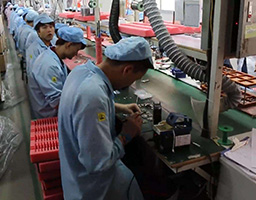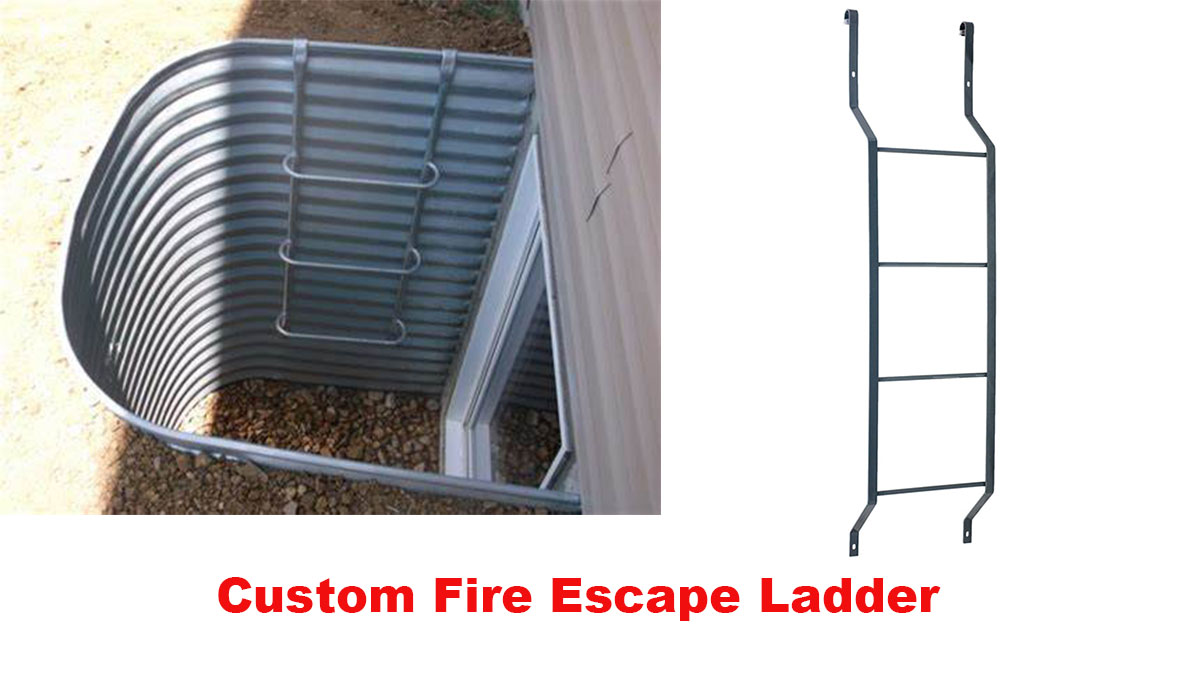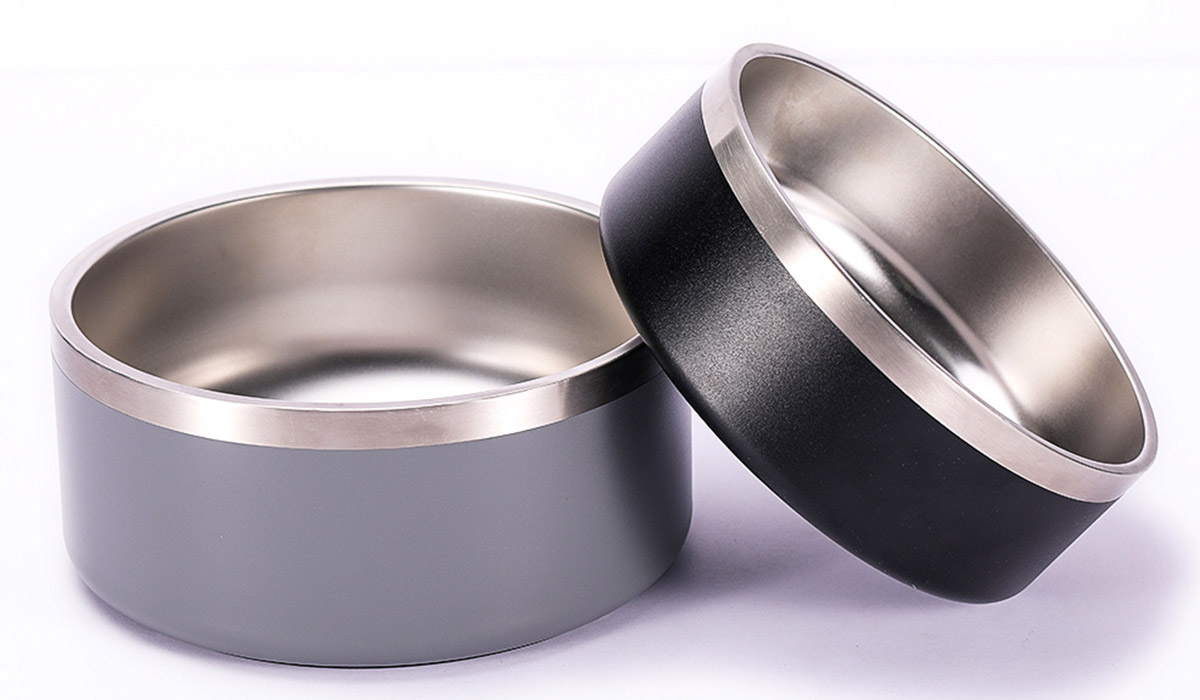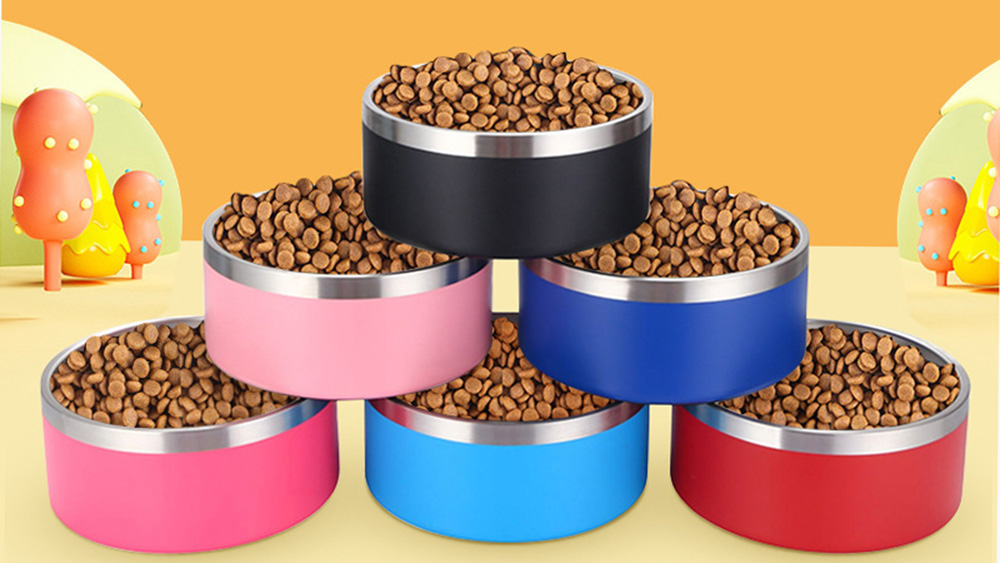If you are looking for great profit margins it can be hard to beat importing your goods from China. Wholesalers and retailers generally are aware of the benefits of sourcing products from overseas and understand that with a Chinese product there is more potential for both marking up the sales price and also finding products that cannot be easily sourced in the UK, but the idea of importing seems a daunting, risky process so few will take things further.
The best advice I can give is don’t be scared to try it. Start slowly, learn the ropes and soon you will realise that as long as you have a good supplier (which can be the hardest bit), the process is no more painful than ordering goods from Joe Bloggs from the local industrial estate.
Finding a Reliable Supplier
As mentioned finding a supplier is probably the hardest part. There are various online B2B websites available such as Alibaba which offer a simple, straight-forward channel for locating overseas suppliers, but not all online directories are vetted equally. You need to put work into qualifying suppliers to ensure that they’re legitimate companies and can supply the products they claim.
A more costly, but safer alternative is attending a Hong Kong or Chinese trade fair, where thousands of suppliers display their product lines. This obviously is more daunting and time consuming but by meeting potential suppliers face-to-face you can as a rule be satisfied that they are genuine suppliers who are not looking to scam you. One should add that this more personal way of doing business up close and personal is very significant in developing business relationships, particularly within Chinese culture. As products will more than often be on show at such events you get the chance to see the range and quality of the product, and you never know, you may stumble across something new that could turn out to be a huge seller in your country.
Ordering Samples
The best starting point once you have found the supplier you wish to use is to explain your business and then request samples of the products you’re interested in. You will generally have to pay for the samples or at least shipping but this is quite normal and you must check what kind of product quality and service a supplier can deliver before you commit to working with them on a bigger investment with more capital.
As well as checking the quality of the samples, you should consider whether the product meets EU regulations, if the packaging is what you are after and what instructions may need to come with the product to ensure they will suit your own buyers. Of course you have the choice of doing some of this yourself in your country but rather than costly reworking why not try and get the finished product exactly as you wish. Be careful to be very specific – dot every ‘i’ and cross every ‘T’. Things can easily be confused in translation.
Final Checks
You should ask your supplier if they have exported to the UK before, and you can see if they are willing to give you references so that you can make contact with people who have bought from them in the past. It is not unknown to be given samples of a high quality and then find that that ‘big’ order you receive looks like it’s been made by a five year old out of lollypop sticks.
Look for similar products in your local shops and see what certifications and small print they carry to see if there is anything you may not have considered. Ensure you have everything covered.
Communication
Once you have selected your supplier and placed your order you should frequently communicate with the supplier about all details of the transaction. You will be again checking that they have a customer service that matches that you were given before an order was placed and gain useful information on things like lead times and any manufacturing issues there might be.
Payment Terms
The most common payment terms in China from my experience are 30-70, meaning 30% is due upfront and the remaining 70% is due when the goods ship. The 30% acts as a deposit and can also allow the supplier to purchase raw materials and tooling. It is possible to negotiate agreements when a final sum is paid once the order is received but you will have to be established with them before you even consider this. How you make the payment should be negotiated to make it as risk free for you as is possible. Some Chinese suppliers are starting to accept paypal which gives you as the buyer an element of protection, but the supplier gets charged a fee for this so more than often they will suggest other methods.
Quality Control
You have various options for checking product quality of your first order. You can take the suppliers word for it that the product is as per the sample, plan another trip to China to see for yourself, or hire a Chinese inspection company to do this for you. The latter two mean more cost so for a first small order you may decide to bite the bullet and put some trust into the supplier.
Shipping
For small quantities or very high value products you might choose to ship by airfreight or use a parcel carrier. The advantage of this is low risk of damage in transit and a fast transit time. However for anything from 70 Kgs / 1 cbm or so upwards you should consider shipping by sea. The transit times are longer (it can take around 35-40 days from Port to Door), but it will be far more cost effective.
If shipping by Sea your supplier will often try and sell to you on C&F / CIF terms, which includes the shipping cost. However you will get stung by hefty charges in the UK that you were not expecting. I would generally advise to buy on FOB terms, which means that the supplier will pay for the goods to be transported to the local Port. Appoint a freight forwarder in your country and get a quote to your door and they will take it from there for you.
Once you have received your first shipment, you can make a larger order with the peace of mind that the importation process was not quite as daunting as you first thought.





